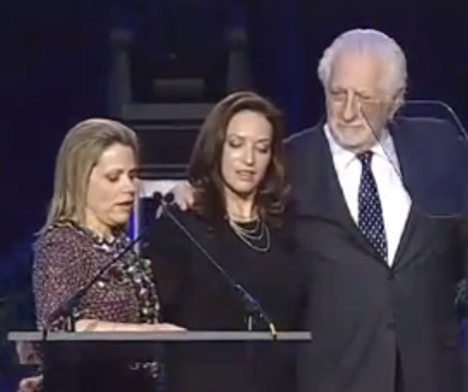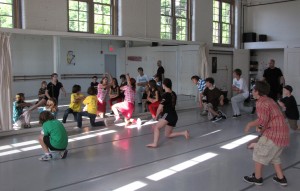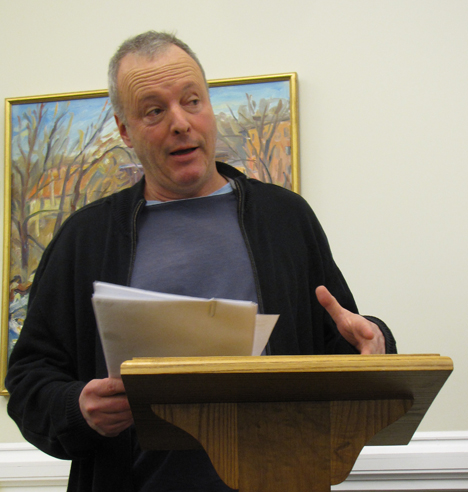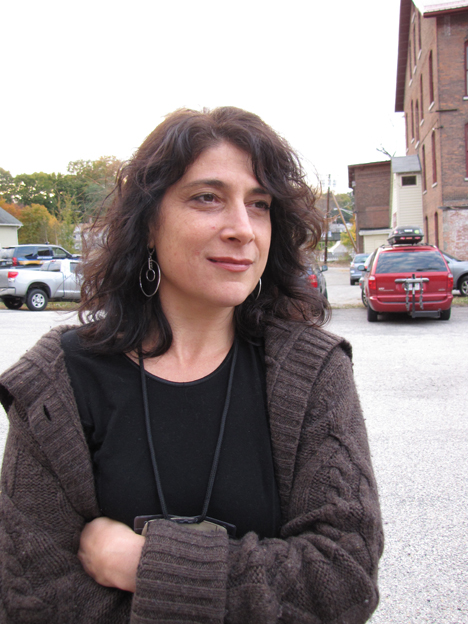February 12, 2012
By David Scribner
HOUSATONIC, MA – Like everyone else, I was surprised to learn that Sandra Muss, a painter and wife of Stephen Muss, the Florida-based developer and would-be savior of Housatonic, was buying the Barbieri mill building — and even more startled and dismayed that a condition of the sale was that the Berkshire Pulse Center for the Creative Arts would have to move out by the end of February.
After all, although Sandra Muss had a studio in the building, surely she didn’t need the whole building, at least right away, and besides she and her husband had once told me how much they valued Pulse as a component of the cultural life of Housatonic and South Berkshire.
I suppose, if she owned the real estate, she would do what she wanted.
So I called up Stephen Muss to find out what was going on.
“Stephen,” I said, “you said you’d never buy a building in Housatonic. You said you’d just pay for a plan for the mills. You told me that story about how your wife, Sandra, a painter, had a studio in the Barbieri building, where Pulse is, and how she said to you one day, ‘Honey, can you buy me a building?’ and you said, ‘I won’t buy you a building; I’ll give you a village.’

Sandra and Stephen Muss Receiving 2012 Greater Miami Jewish Federation Friend of Israel Humanitarian Award
“Then, Stephen, you went to the Town Manager and the selectmen with a ‘concept’ for the redevelopment of all the mill buildings, and you said that while you’d pay for the master plan, neither you nor any member of your family would ever have any interest in any property in Housatonic. So what’s up with you buying the Barbieri building and kicking Pulse out?”
And Muss said: “I don’t know anything about Pulse. It’s not me. It’s my wife.”
Will anyone else make that distinction, even if Sandra Muss’s name is on the deed?
I certainly don’t.
For the past three years, I’ve been acquainted with the Pulse Center for the Creative Arts. Two of my kids have taken dance classes there, along with 450 other students — adults as well as youth — and I’ve witnessed first hand the talent those classes have developed and the vitality that the creative arts center has brought to that cluster of mill buildings mouldering along the banks of the Housatonic.
Like Muss, I also saw the potential in this underutilized mill district, and could envision a rejuvenated Housatonic, the cultural and artistic center of South County.
And that’s why Muss’s proposal — a seemingly philanthropic offer to get the revitalization off the ground — at first appeared so attractive.
But when push came to shove, it didn’t matter what happened to one of Housatonic’s premier cultural assets. It only mattered what the Muss contingent wanted — and could afford.
That’s how it seemed.
It is a shame, of course, that Pulse should have ever become entangled in the mill machinations.
In 2005, Jolly Roger Realty, a partnership of Dale Culleton, Sarah Stiner and Linda Shafiroff, purchased the former three-story Barbieri lumber yard office building for $850,000, in hopes of either finding tenants for its 12,000 square feet of floor space, or upgrading the building and selling it.
For the past six years, Pulse has occupied the first two floors, but it had become so popular that it had been searching for larger quarters. And it had found a suitable space on the third floor of an adjacent building, with an owner willing to offer the stability of a long-term lease at a reasonable rate. Furthermore, local architect Stephan Green volunteered his expertise in designing the studio space. But Pulse needed time to raise money and to get the new studios ready.
Then, in December, the unexpected happened. Jolly Roger suddenly had a buyer: Sandra Muss, who had been renting studio space in the building. She insisted that Pulse vacate the premises by February 29 as a condition of the sale, and Jolly Roger, eager to complete the purchase, had Pulse served with an eviction notice.
Believing — mistakenly, it turned out — that her organization would be given an extension to a lease that had expired on December 31, 2011, Pulse founder and artistic director Bettina Montano appealed to Muss and to the Jolly Roger partners to grant more time — another six months.
Last week, the organization issued a widely circulated statement to its community of students and families explaining its plight and appealing for community support. Among those who responded with an offer of assistance,Montano disclosed, was Nick Kelley, owner of five of the mill buildings and, ironically, the one mill owner who had refused to participate in crucial aspects of Stephen Muss’s development concept and thus brought the realization of the plan to a halt. He invited Pulse a temporary home — rent free — in one of his buildings, if it could be made compliant with building codes.
Pulse’s declaration to the community, however, had incorrectly named Stephen Muss as the buyer, an error, among other assertions, that incensed the Jolly Roger partners as did its implication that they were crassly forcing Pulse to leave.
“My kids went to classes at Pulse,” declared an exasperated Shapiroff. “They knew the building was for sale.”
Shafiroff pointed out that Jolly Roger had offered to have Pulse temporarily occupy the entire the second floor of the Barbieri mill, so that Sandra Muss could expand her studio into the first floor.
But Montano noted that such temporary quarters could require an additional investment of up to $20,000 to install a heating system and to satisfy building code requirements. Pulse would also still have to have access to the first floor dressing rooms and bathrooms, to meet code regulations.
“I am really hoping to move away from recriminations, and get on with the challenge of keeping Pulse the vital community resource that it has been, and will continue to be,” Montano said. “I have no issues with Sandy Muss. She’s a good person, and an artist. A lot of people are standing up for us, so we are going to survive this.”
On this score, Shapiroff agrees.
“We didn’t want to get into a shouting match with Pulse, and at no point did we tell them we weren’t willing to work it out with them,” she said. “I get how hard it is to raise money for a nonprofit in this economy. It’s just too bad. Pulse is awesome. It has brought life to the town, but it’s unfair, untrue and unprofessional to blame us.”
Maybe so, but it’s also true — and both sides ought to keep in mind — that the other losers in this standoff are the hundreds of Pulse students – currently enrolled and those who could be taking classes in the future. For many of them, there are no other available and affordable opportunities for creative expression and personal, artistic development. It seems to me that this level of cultural enrichment for the community is worth whatever compromises and accommodations can be negotiated to keep Pulse alive and thriving, while at the same time maintaining the financial integrity of the current and future owners of the Barbieri mill.



